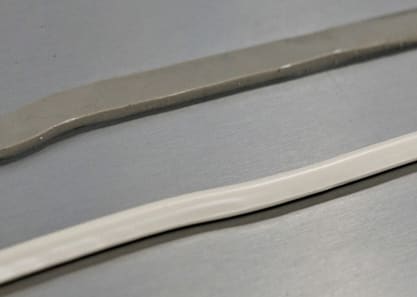
What cartridge sealant should I use for metal roofing and cladding?
- Read time: 2 minutes
- Date: 21 May 2024
- Sheeting & Cladding
Cartridge sealants are used to fill and seal gaps and joints between construction elements, such as roof profiles, sheets, windows, gutters, flashings, and trims. They help to ensure the building envelope is weatherproof, and improve airtightness, thermal insulation, and sound insulation.
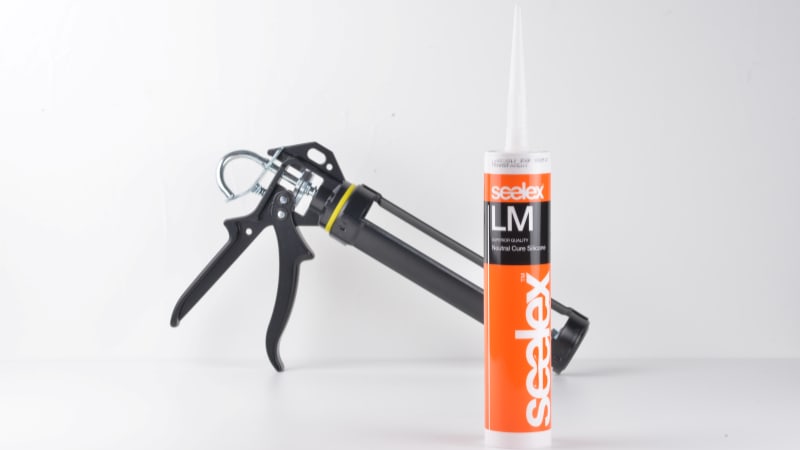
What types of cartridge sealants are available for the building envelope?
There are several different types of cartridge sealants used on the building envelope, including:
Butyl sealants
These sealants are made from non-setting Butyl rubber, which is a good option for providing a long-term seal. Whilst they're easy to apply, it's not easy to tool (finish) or paint them to make them aesthetically pleasing - so they're generally used in applications where the sealant will not be visible such as an overlap between profile sheets (known as a side or end lap joint). Butyl is UV resistant so won't degrade due to sun exposure, making it highly durable.
It's often used as a bedding mastic for profiled filler blocks, etc.
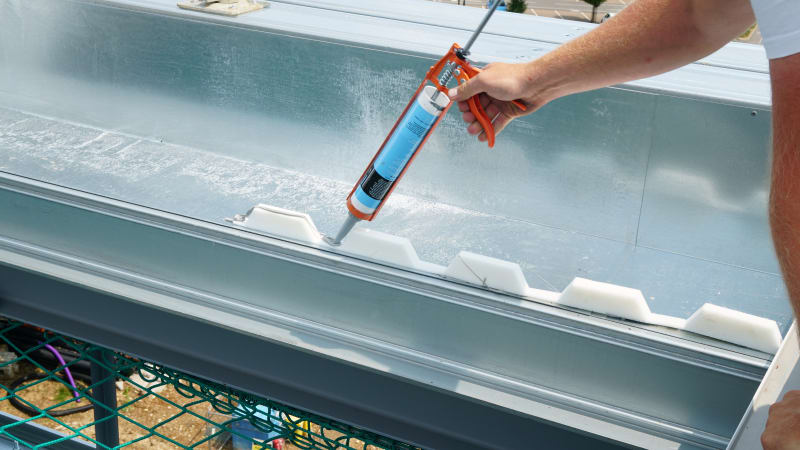
Silicone sealants
A highly versatile type of sealant that is suitable for sealing a wide range of materials, silicone is used for lots of different applications. It is thermally resistant, flexible, offers good adhesion, and is easy to apply and tool. However, they will degrade with UV exposure, so this should be considered when deciding whether to use silicone sealants.
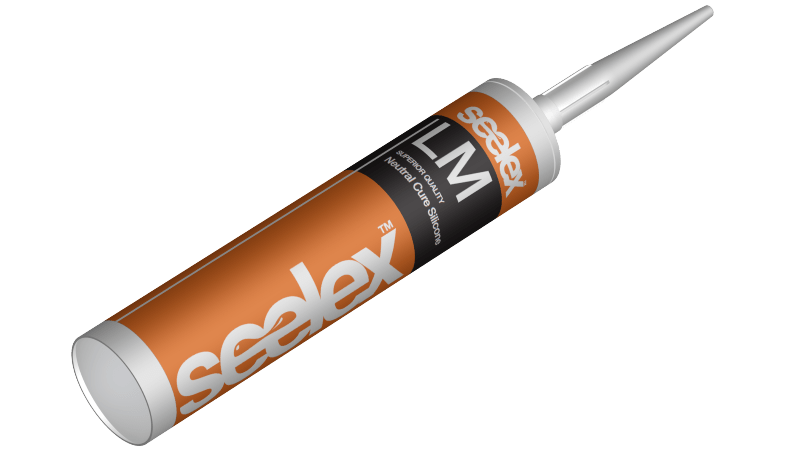
High-grade sealants
There is a wide range of sealants designed for use in particular applications - such as intumescent sealant; or to be compatible with specific materials such as concrete, lead, or bitumen. It's important to check the manufacturer's guidelines to ensure you are using the sealants correctly and for the intended purpose.
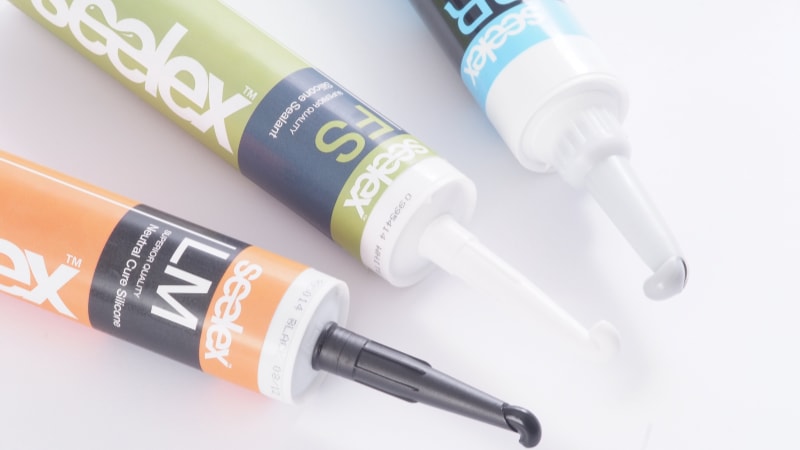
Hybrid sealants
Manufactured using cutting-edge polymer technology; they can be used as both an adhesive and a sealant, hence the name 'hybrid'. Hybrid sealants have become a popular choice for construction workers due to their versatility, as they can be used in place of other sealants.

How do you select the right cartridge sealant?
It's important to select the correct type of cartridge sealant for the application and material, otherwise it may not adhere correctly and will not create a weatherproof seal. This could lead to leaks, and it may also lead to the building failing the air tightness tests now required for domestic properties under Approved Document L of the building regulations.
When choosing the cartridge sealant, it is important to check the following:
Substrate material - the sealant must be compatible with the materials being sealed. Some silicone sealants are suitable for use with multiple materials, while other types of cartridge sealants are designed for use only with specific materials, such as masonry.
Sealant lifespan - the sealant lifespan is dependent on several factors, so it's worth ensuring that the sealant is suitable for the application you're intending to use it in. In some instances, it may be necessary to replace the sealant to maintain a weatherproof seal.
Building use - if the building is being used for food preparation, manufacture, or consumption, then it may be necessary to use a product labelled as 'food safe'.
Application temperature vs temperature resistance - application temperature refers to the temperature range the sealant can be applied at, while temperature resistance refers to the temperature it can withstand during the building's lifespan. These temperatures are often different. Failure to install the sealant at the right temperature means the sealant could fail to bond correctly, while using it for a building in a location that is subject to higher or lower temperature extremes than the sealant can resist, can lead to premature failure of the sealant.
Thermal movement - certain building materials will expand and contract as the temperature changes, so the sealant will need a degree of flexibility to accommodate this movement. This is particularly important when sealing aluminium components. The flexibility of cartridge sealants is indicated by the ± symbol, so ±25% means that the sealant can accommodate movement of the material by plus or minus 25%.
Aesthetics - do you need a specific colour to ensure the sealant blends in with the building construction? Many silicone sealants come in a variety of colours, and some high-grade sealants can be painted - but butyl sealants are only available in grey.
Always check the manufacturer's datasheet to ensure that your chosen cartridge sealant will deliver the required performance.
How should cartridge sealants be applied?
Cartridge sealants should be applied using a skeleton or caulking gun. To apply the sealant, cut the end of the nozzle at an angle, run a bead of sealant into the gap or joint, and then tool into position if necessary.
